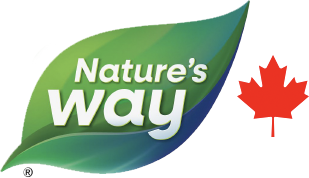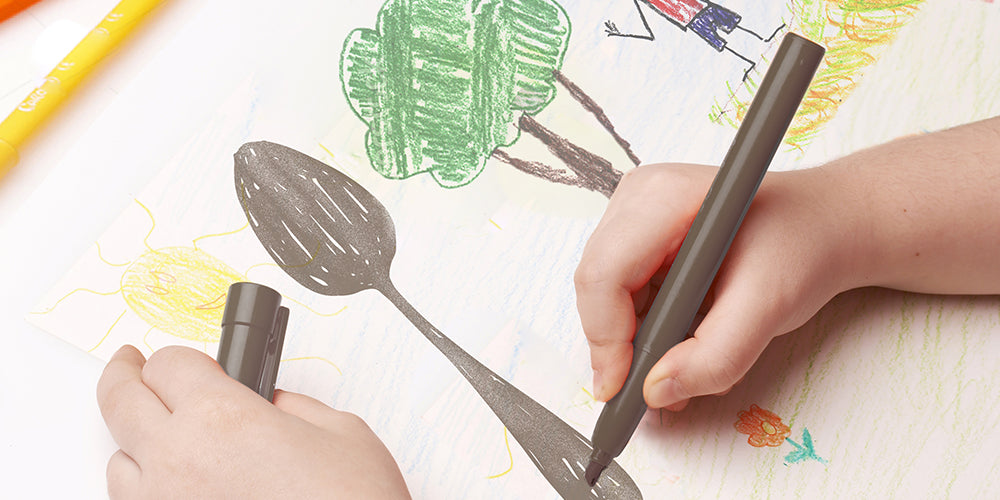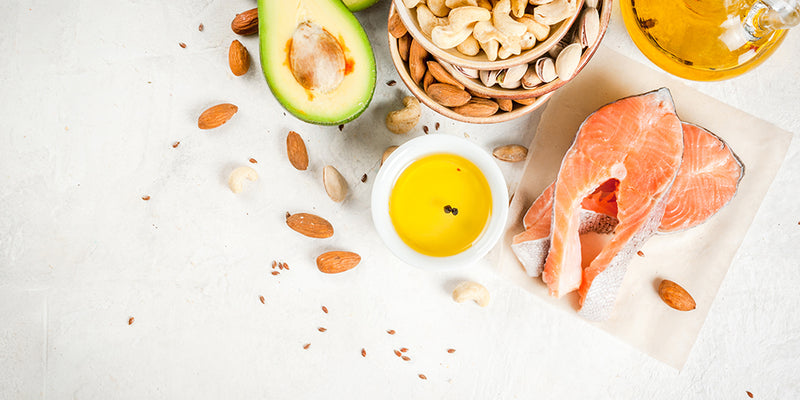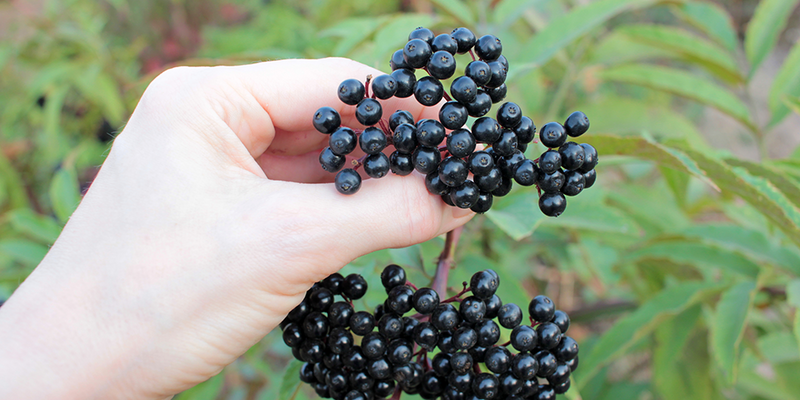Published on 10/23/2020
Can omega-3 benefit the ADHD brain?
Omega-3 fatty acids are essential to our health and wellness. But because the human body doesn’t synthesize omega-3 fatty acids by itself, we need to acquire them through our diet – typically through eating foods such as salmon that contain two key omega-3 fatty acids, called EPA (eicosapentaenoic acid) and DHA (docosahexaenoic acid). Some seeds and nuts also contain a form of omega-3 called ALA (alpha-linolenic acid) – however, as we explain in our Omega-3s 101 blog post, the human body isn’t very efficient at converting it to EPA and DHA.
Both EPA and DHA are highly concentrated in the brain. EPA and DHA along with a unique omega-6 fatty acid called gamma linolenic acid (GLA) which has been shown to have an anti-inflammatory effect[1]. Evening primrose, borage and black seed oils are excellent dietary sources of GLA.
The link between omega-3 deficiency and ADHD
ADHD is not new; it has been described in literature and medically documented for more than a century[2]. ADHD is a chronic condition that can present at all levels of severity and rarely occurs by itself. ADHD is one of the most common mental health disorders of childhood. Studies throughout the world have reported the occurrence of ADHD in school age children as being between 5% and 12%.[3]
Omega-3 has been a topic of research since 2005 as a potential adjunctive option for ADHD management. Clinical researchers have investigated supplementation with EPA and DHA as well as the combination of EPA, DHA, and GLA in children with ADHD symptomatology.
According to Dr. James Greenblatt, MD, author of Finally Focused: The Breakthrough Natural Treatment Plan for ADHD That Restores Attention, Minimizes Hyperactivity and Helps Eliminate Drug Side Effects, “A deficiency of omega-3s is bad news for a child’s or adult’s brain. Our hunter-gatherer ancestors ate a diet with a ratio of about 2 to 1 omega-6s to omega-3s. Today, we eat a diet with the ratio of 15 to 1. This double whammy — a barrage of omega-6s and a paucity of omega-3s — is a little-recognized factor in the symptoms of ADHD.”
Meta-analyses and systematic reviews have highlighted that supplementation with the combination of EPA, DHA, and GLA appears to show the most promise in mitigating ADHD symptomatology compared to supplementation with EPA or DHA alone.
How can my child get EPA, DHA – and GLA?
Let’s face it, most of us aren’t getting enough marine oils in our diet. As part of a balanced diet, try making salmon or other cold-water fish a regular feature of your meal planning. Another great option is supplementing with an omega-3 fish oil. NutraSea ADHD Targeted Omega-3 is an omega-3 supplement specifically formulated for school-age children with ADHD . With 580 mg of EPA, 360 mg of DHA, 80 mg of GLA, and 500 IU vitamin D3, NutraSea ADHD may help to reduce symptoms associated with ADHD. While NutraSea ADHD is not a replacement for prescription medication, it’s easy for kids to take – just one teaspoon a day, in a delicious citrus punch flavour. Look for NutraSea ADHD in the natural health product section at your local pharmacy, health food or grocery store.
As always, it is recommended that you speak with a healthcare practitioner to discuss if omega-3 supplementation is right for your child.



